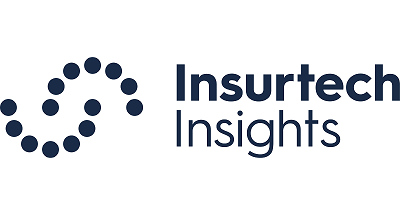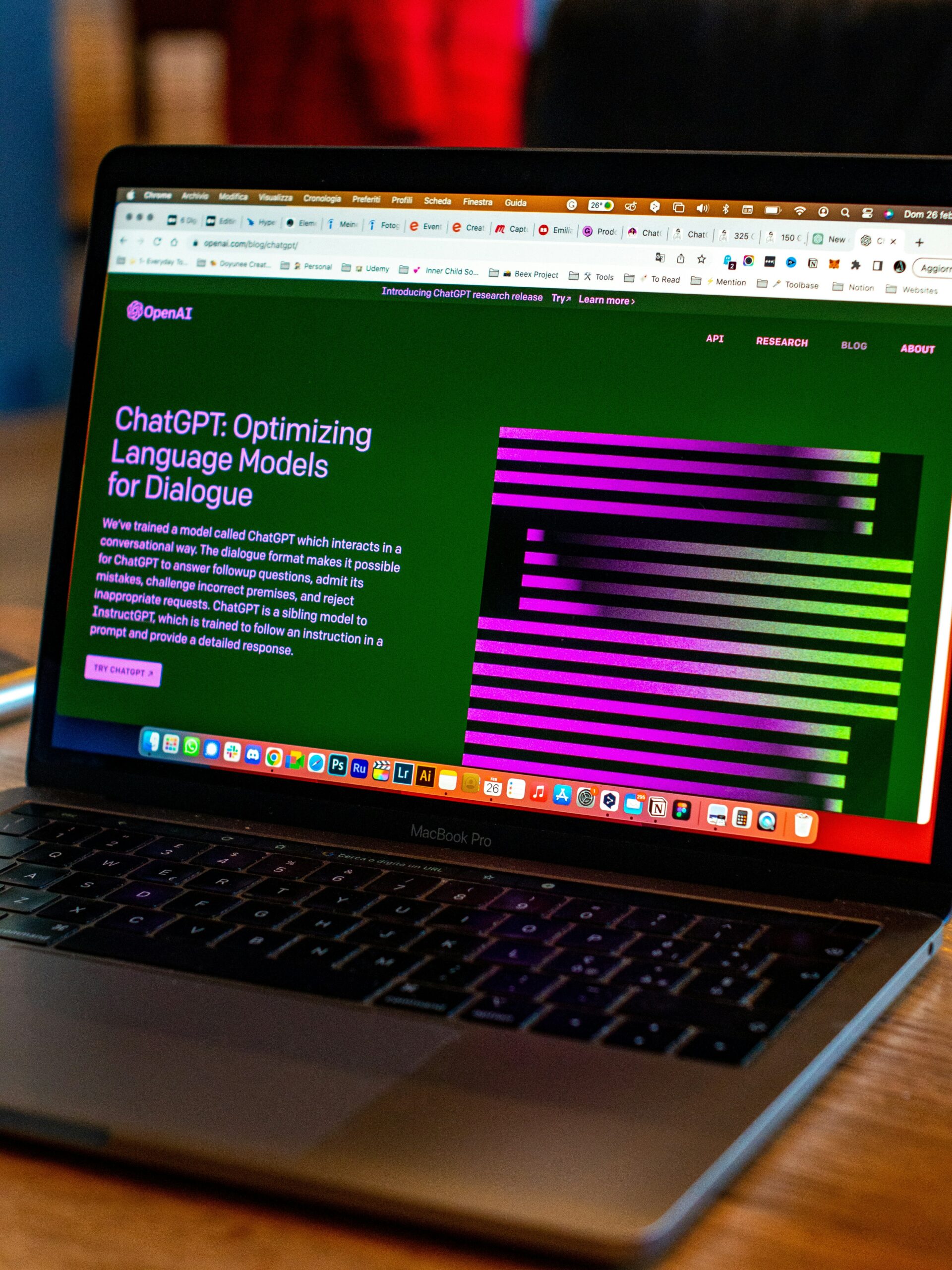Blogs
How to Shape Media Coverage Before the Story Breaks

The tone of a story begins to take shape in the conversations, materials, and decisions made in the weeks leading up to the announcement. In anticipation, assuming there is some inkling of what’s to come, reporters form hypotheses, editors look for angles, and competitors often find ways to seed their own narratives. Waiting until the news goes live means reacting to someone else’s framing of what it means. The most effective communicators influence framing early through disciplined outreach, well-managed embargoes, and thoughtful background briefings that provide clarity and context.
Start with a Clear and Credible Narrative
Every successful media strategy begins with a strong narrative. This narrative should answer three questions with precision: what is happening, why it matters and to whom exactly, and why now. Language should be clear, concise, and free of jargon. Supporting evidence is essential—data, independent research, customer references, or regulatory milestones all strengthen credibility. A concise summary for quick reference and a detailed memo for deeper context ensure consistency across all interactions. When the thesis and proof points are clear from the outset, journalists are more likely to recognize the significance of the story and frame it accurately.
Map the Media Landscape Strategically
Not all media outlets play the same role in shaping perception. Some publications set the agenda for investors and industry peers, while others influence consumer sentiment or provide technical depth. Trade media often inform mainstream coverage, and niche newsletters can spark conversations that ripple outward. Identifying the most influential voices in the relevant category is critical. Understanding their editorial priorities, recurring themes, and preferred formats allows for tailored engagement that feels relevant rather than generic.
Use Background Briefings to Build Context
Background briefings are one of the most effective tools for shaping tone before a story breaks. These sessions help journalists understand complexity, verify facts, and avoid misinterpretation. Ground rules must be clear from the start. The meaning of terms such as “on background,” “off the record,” and “deep background” can vary by reporter, so definitions should be agreed upon and confirmed.
Even then, with both off the record and on background, there are risks of public disclosure, so use these sparingly or only with reporters deeply trusted based on prior experience with them or highly trusted recommendations. Background briefings should focus on verifiable facts, avoid speculation, and provide context that strengthens accuracy and the importance of the news. Central here is agreeing on the terms of sourcing for background briefings. Essentially, if the reporter can or not at all at the time of announcement use what was conveyed but not source the party by name, and therefore instead use something like “according to a source familiar with the announcement.” Even that can be too risky and, in most cases, it is not advised, which raises the issue of considering keeping all pre-disclosures off the record.
Manage Embargoes as a Tool for Quality
Embargoes are most effective when they serve the needs of both the organization and the journalist. They allow time for thorough reporting, informed interviews, and accurate framing. A well-structured embargo includes a clear date and time with time zone, a focused press note, a media kit with visuals and data, and access to spokespersons during the embargo period. Acceptance of the embargo should be confirmed before sharing sensitive materials. Coordination with legal and investor relations teams is essential when dealing with market-moving information or regulatory constraints. A contingency plan for embargo breaches ensures that the narrative remains steady even if timing shifts unexpectedly.
Leverage Exclusives and First Looks Thoughtfully
Exclusives can deliver depth and authority when used strategically. They work best for stories that require nuanced analysis or technical exploration. However, exclusives can also create friction if other outlets feel sidelined. The rationale for offering an exclusive should be clear: whether it is to secure a comprehensive feature, a detailed product review, or a leadership profile. Transparency and fairness in managing these relationships build long-term credibility. For broader launches, a first-look approach—where one outlet publishes first while others follow with differentiated angles—can balance depth with reach.
Provide Assets That Enable Accurate Storytelling
Framing improves when journalists have the tools to verify claims and illustrate impact. Comprehensive media kits should include clean data tables, methodology notes, and source links. Case studies with named customers and access to those customers for interviews add authenticity. Quotes from independent experts provide context without sounding scripted. High-resolution images, short videos, and B-roll footage help outlets create visually compelling stories. All materials should include clear usage rights to avoid legal complications. When verification and storytelling are easy, accuracy improves and reliance on speculation decreases.
Align Internal Teams Before External Engagement
Internal alignment is a prerequisite for external credibility. Media relations, legal, investor relations, product, and HR teams must share the same message architecture. A living Q&A document that addresses difficult questions, trade-offs, and known risks ensures consistency. Spokespeople should receive media training focused on clarity, brevity, and active listening. Customer-facing teams, from sales to support, should have concise talking points to prevent contradictions between headlines and real-world conversations. When internal voices are aligned, external narratives reflect coherence and confidence.
Sequence Outreach for Maximum Impact
Effective sequencing turns fragmented efforts into momentum. Begin with a small set of pre-briefs for influential reporters who value depth and context. Use these conversations to refine messaging and anticipate challenging questions. Expand to a broader group under embargo with updated materials that address early feedback. Schedule spokesperson availability close to the embargo lift to ensure timely interviews and accurate quotes. On launch day, provide a digest of authoritative links and assets to help additional outlets catch up without distorting facts. Follow with analysis pieces, op-eds, and thought leadership to sustain the narrative beyond the initial wave.
Integrate Influencer and Social Dynamics
Influencers and social creators often shape early perceptions that journalists monitor. Identifying credible voices whose audiences overlap with key stakeholders can amplify framing. These partners should receive early context and be encouraged to share authentic experiences rather than scripted endorsements. Transparent disclosures and creative freedom maintain credibility. When influencer content reinforces key proof points, it provides social validation that strengthens newsroom confidence in the story’s relevance.
Plan for Global Complexity
Major announcements often span multiple markets, each with unique timing, language, and regulatory considerations. Coordinating embargo times across regions prevents premature leaks and ensures fairness. Localized materials that preserve core messaging while addressing regional relevance improve pickup. Translations should be handled by subject matter experts to avoid errors that undermine credibility. Awareness of market blackouts, quiet periods, and disclosure rules is essential for compliance and trust.
Measure Quality, Not Just Volume
Headline counts and social impressions are insufficient measures of success. The real metric is message pull-through: whether the coverage reflects the intended framing, tone, and proof points. Monitoring headline language, quote selection, and sentiment provides insight into narrative alignment. Rapid internal readouts after the first wave of coverage help teams decide what to amplify and what to clarify. Secondary outreach can then focus on filling gaps with explainer pieces, customer stories, or analyst commentary.
Keep Ethics and Transparency Central
Shaping coverage is about clarity and accuracy, not manipulation. Ethical engagement builds the trust that underpins long-term influence. Disclose material relationships, correct errors of fact promptly, and avoid offering anything that compromises editorial independence. When questions cannot be answered, explain why and commit to follow up with the information you can provide. A reputation for honesty, reliability, and integrity is the most powerful corporate reputation management tool any organization can possess.
The Advantage of a Proactive Posture
Coverage reflects the clarity of the narrative, the quality of the materials, and the trust built with journalists over time. When outreach is grounded in a unified story, when embargoes enable factually accurate and thoughtful reporting, and when background briefings reduce ambiguity, framing and tone can be influenced before the first headline appears. That is the difference between being a passive subject of coverage that achieves little toward achieving the objectives of an announcement and being the authoritative reference point others cite.
Latest News



